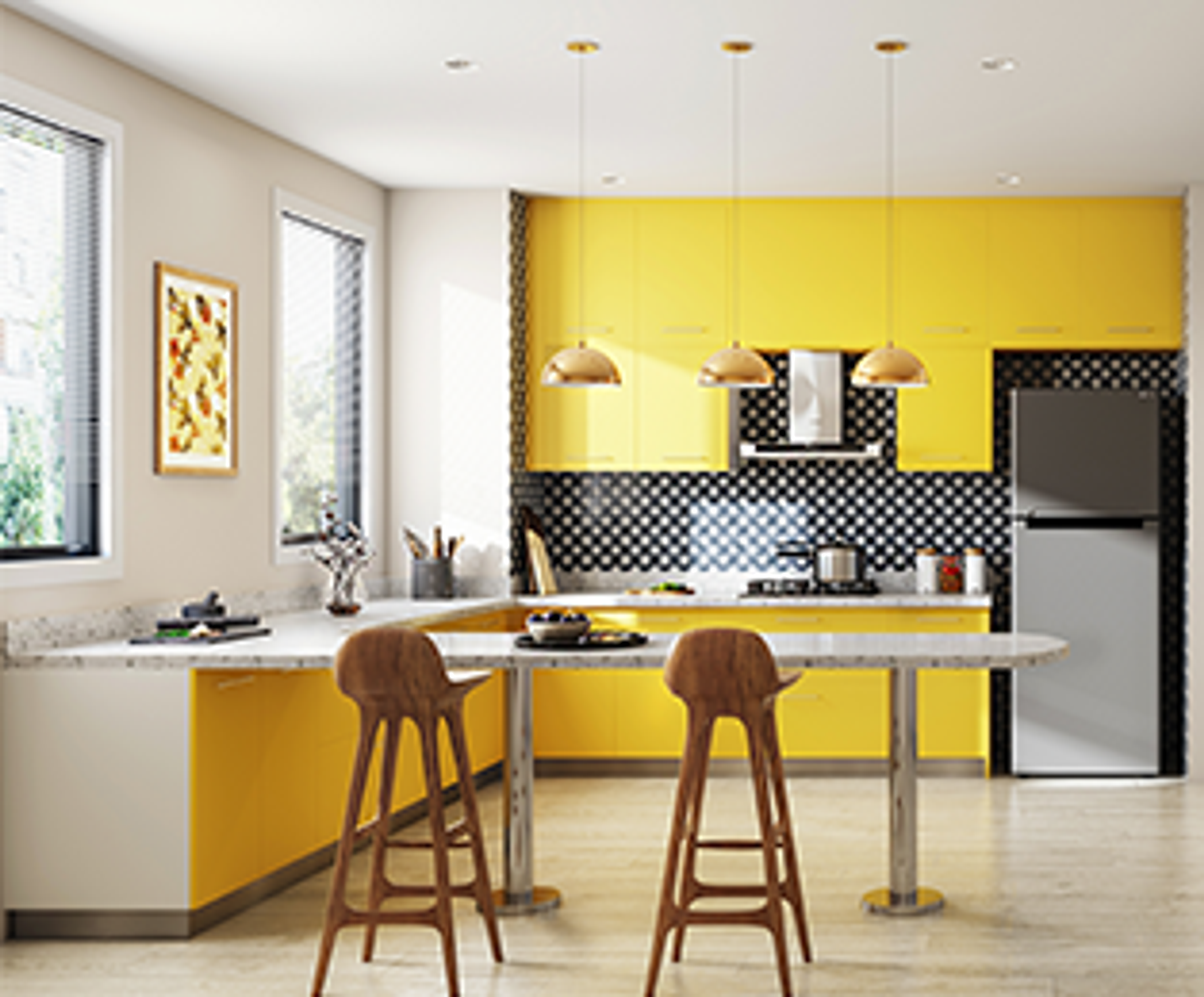Premier interior design firms deliver exceptional design solutions.
Premier interior design firms deliver exceptional design solutions.
Blog Article
Change Your Home With Vital Principles of Interior Decoration and Looks
The art of transforming your home through the important principles of interior design and visual appeal calls for a thoughtful method that balances shade, balance, and spatial understanding. By comprehending the effect of color theory and the importance of texture and patterns, one can create spaces that are not just aesthetically enticing however likewise deeply personal. Achieving this equilibrium involves greater than plain design; it includes a calculated plan and a keen understanding of just how each component engages within an area. As we explore these foundational principles, take into consideration exactly how they may redefine your understanding of home and personal expression.
Comprehending Color Concept
Recognizing the principles of shade concept enables developers to create areas that resonate mentally with owners while meeting functional needs. Each group plays an important duty in establishing harmony within an area.
The mental impact of colors is extensive; cozy hues such as reds and oranges evoke power and heat, while cool tones like blues and eco-friendlies advertise peace and peace. The usage of corresponding shades boosts aesthetic passion, developing striking contrasts that can elevate a room's appeal.
Neutral colors, on the other hand, work as a versatile backdrop, allowing other design elements to shine. It is vital to consider elements such as lighting and the room's purpose when selecting a color palette, as these can modify the assumption of shades throughout the day.
Inevitably, a well-considered shade plan can transform a space, fostering a feeling of convenience and design that lines up with the occupants' preferences. Mastery of color concept is, consequently, a crucial skill for any interior developer aiming to create unified and welcoming atmospheres.
Achieving Equilibrium in Style
Just how can designers attain a sense of stability in their areas? Achieving equilibrium in design is essential to creating unified insides.
Asymmetrical equilibrium, on the other hand, counts on differing components that still achieve a natural look. This technique allows for more vibrant and informal setups, providing passion while maintaining balance. By carefully choosing differing sizes, shades, and appearances, designers can produce an aesthetically compelling area that really feels balanced yet energetic.
Radial equilibrium stresses a central focal factor with components radiating outside. This design is commonly seen in circular designs, where furnishings and decor produce a natural border that attracts the eye inward.
Eventually, attaining equilibrium calls for thoughtful consideration of scale, proportion, and the partnerships in between components. luxury interior design. By skillfully applying these balance principles, designers can change areas right into settings that really feel both cosmetically pleasing and functionally unified, boosting the total experience for occupants
Significance of Spatial Understanding

An eager feeling of spatial recognition permits developers to identify centerpieces within a room, directing the audience's interest to crucial attributes while keeping a total feeling of unity. It additionally assists in the critical positioning of lights, which can significantly influence the perception of space and mood. Additionally, understanding spatial relationships enables the designer to deal with the details demands of citizens, making certain that each location serves its intended purpose without compromising visual appeals.
Eventually, spatial awareness is crucial for maximizing the possibility of any type of interior room. By very carefully considering the interaction between dimensions, format, and function, developers can produce environments that not just meet sensible demands but additionally evoke a feeling of comfort and elegance, improving the overall living experience.
Including Texture and Patterns
Accepting a varied variety of find out here now structures and patterns can dramatically boost the visual and responsive appeal of an indoor space. The critical use of numerous materials-- such as timber, steel, material, and rock-- creates deepness and passion, making a room feel extra inviting and dynamic. For circumstances, integrating smooth surface areas with harsh structures can develop an equilibrium that draws the eye and involves the detects.
When integrating patterns, take into consideration both scale and repeating. Huge patterns can offer as prime focus, while smaller, refined layouts can complement other aspects without frustrating the room. Layering patterns, such as pairing floral cushions with striped throws, includes intricacy and a feeling of harmony if performed thoughtfully.
It is likewise important to preserve a cohesive color palette, ensuring that appearances and patterns collaborate instead than contend for interest. By selecting a couple of vital appearances and patterns, you can develop a merged aesthetic that reflects your individual design while improving the overall ambiance of the area. Inevitably, the cautious incorporation of these elements can change a mundane space right into an advanced atmosphere rich with personality and warmth.
Personalizing Your Room
Developing an area that reflects your individuality is important to achieving an absolutely welcoming environment. Customization in interior decoration enables you to instill your special style and passions into your home, changing it from a mere shelter right into a shelter that speaks with who you are. Begin by choosing a color scheme that resonates with your feelings-- bold colors can invigorate, while soft tones offer peace.
Include art work and style that mirror your interests, whether it be travel, nature, or abstract concepts. Showing individual collections, such as books, pictures, or mementos, can stimulate cherished memories and produce focal points within a space. In addition, think about tailoring functional items, like upholstered furnishings, to line up with your visual choices.

Verdict
In conclusion, the change of a home via the important principles of interior decoration and looks demands an extensive understanding of color concept, equilibrium, spatial awareness, texture, and personalization. Each element adds considerably to creating a harmonious and useful living setting - Architecture Firm. By attentively integrating these principles, Get More Info people can boost the aesthetic appeal and emotional vibration of their areas, ultimately fostering a home that reflects one-of-a-kind identifications while giving comfort and practicality
Report this page